Images: New Zealand Dust Possible Source of Ice Age Cold
Iron-rich dust cools the climate
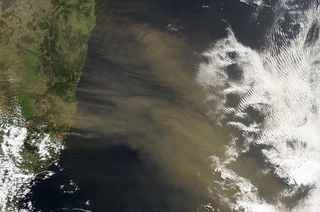
Iron-rich dust, the eroded remnants of iron-rich rocks, can travel through the atmosphere for hundreds of miles before depositing on land or the open ocean. In the ocean, the dust fertilizes phytoplankton. Phytoplankton suck carbon dioxide out of the atmosphere when they photosynthesize and, when they die, they drag the potent greenhouse gas to the seafloor. As a result, so-called iron fertilization has been shown to help cool the climate.
New Zealand: A source of dust
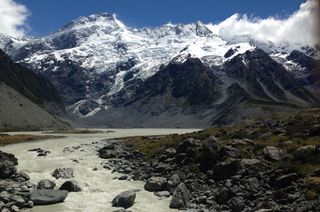
Researchers at the Lamont-Doherty Earth Observatory at Columbia University recently traveled to New Zealand's Southern Alps to collect dust samples. They think this dust may have contributed to global cooling during the last ice age that peaked roughly 22,000 years ago.
Dust collection

Researcher Bess Koffman collected dozens of dust samples from around the mountain range to develop a composite chemical "fingerprint" of New Zealand dust. She will then compare this fingerprint to that of dust collected in Antarctica to determine whether New Zealand dust made its way across the Southern Ocean during the last ice age.
Many sample sites
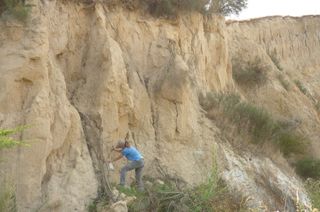
The team collected dust from riverbeds and from dried up rocks, such as this silty deposit known as loess.
Antarctic dust
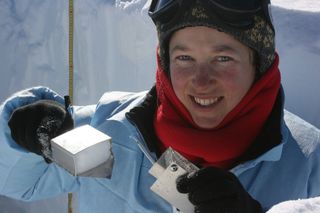
Koffman will compare the New Zealand dust fingerprint to dust collected in Antarctic ice cores.
Fieldwork
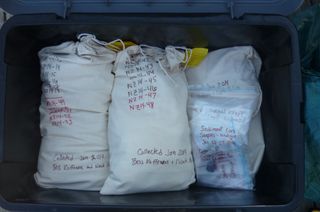
The team traveled in a truck through the rugged New Zealand terrain, and did some backpacking as well as they collected samples.
Sign up for the Live Science daily newsletter now
Get the world’s most fascinating discoveries delivered straight to your inbox.











